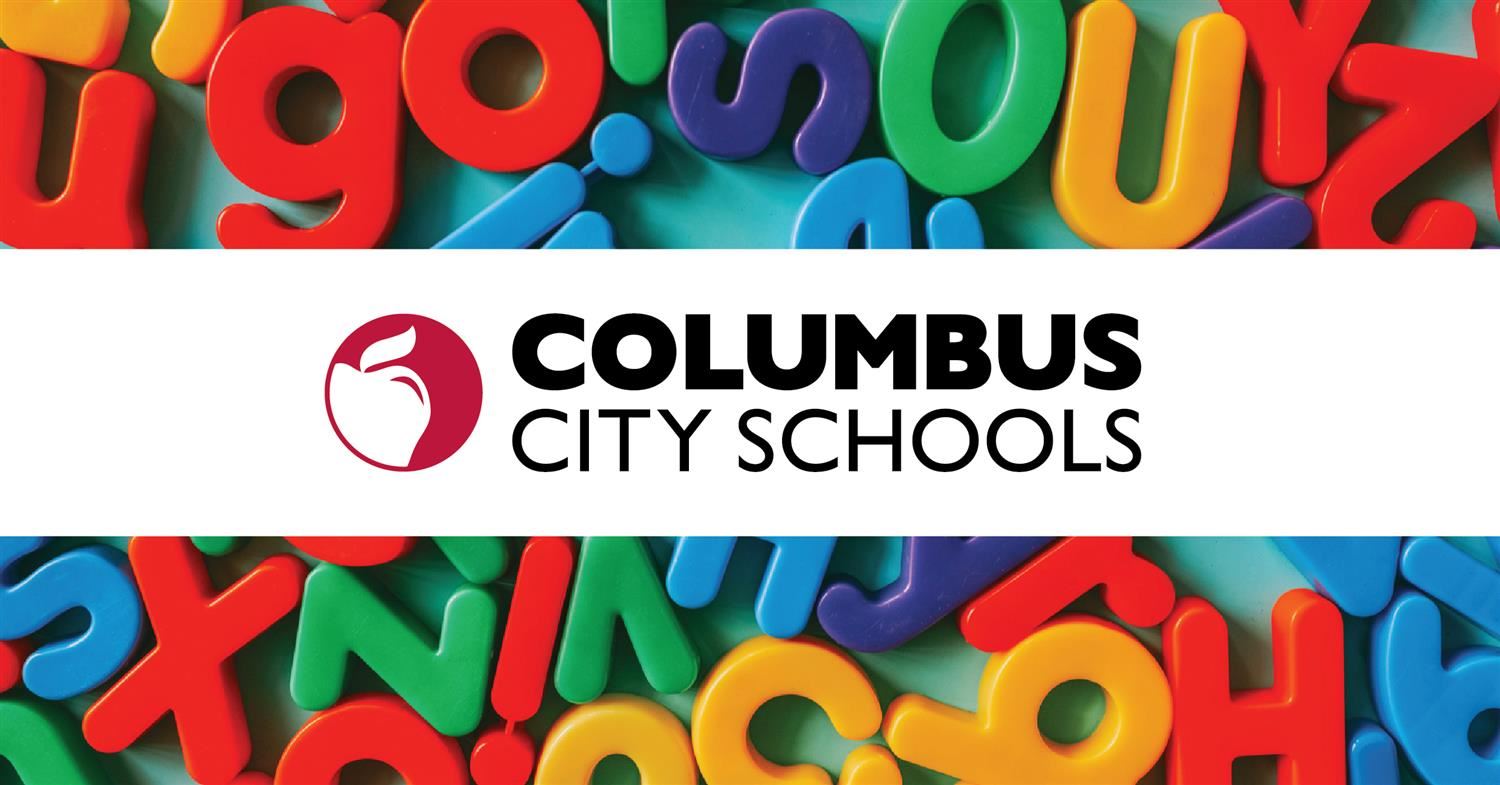- Fairwood Elementary School
- Homepage
Phonics Instruction Empowers Columbus Students to Read Confidently

July 9, 2024 – Few skills are more necessary for success than literacy. The ability to read and write with confidence is a fundamental skill that all students need, and Columbus City Schools (CCS) teachers and support staff are ensuring this need is met.
Chris Totman, a first-grade teacher at Lindbergh Elementary School, has taught early elementary literacy skills to students for over twenty years. During that time, she said, the curriculum has evolved. Research has been implemented in different ways, and Totman has taken it upon herself to learn and master these teaching methods as they change. As she learns, she ensures her students grasp the most effective strategies for learning one of the essential components of literacy: phonics.
Teaching phonics and seeing students understand is why Totman loves what she does.
“The excitement the students get… when all of a sudden they just get it – I love it,” she said. “There’s no better feeling.”
In the past several years, CCS has adjusted how it teaches young learners the foundational skills of literacy. Before, teachers across the District used a balanced literacy method to teach young readers. This type of reading instruction relies on students already having a natural understanding of foundational skills to succeed.
Now, Totman and her fellow early elementary teachers use a more equitable curriculum that instructs students on letters and sounds and how they interact with each other. Totman calls this method code-breaking, and she’s teaching her students how to unlock the literacy code.
“We always talk about how we’re learning to crack the code. To do that, we’re learning different rules,” Totman explained. “We really get into the meat and potatoes of English and learning how to read it so that our students can understand it.”
The rules Totman teaches encompass the entirety of what a student needs to decode words in a text. The -CK spelling pattern can only come at the end of a word and must follow a short vowel sound. K can only come at the beginning of a word if the following vowel is an I or an E. These are just several of the basic rules that make up the English language, and it’s with this knowledge that students begin to break the code. Totman said learning English this way has been incredibly beneficial for the students.
“The kids really latch onto these rules. They truly understand and apply them,” Totman said. “The transformation we see is incredible.”
Totman’s students aren’t the only ones who benefit from learning the code-breaking strategies. Since implementing this teaching method, Amber Bernal, a CCS literacy coordinator, said they’re seeing excellent progress in early literacy. She brought up a CCS fifth grader who struggled to read in previous years. Explicit phonics instruction hadn’t been implemented when this student was in first grade. She didn’t get to work with the rules that first grade teachers across the District now use until she was in her final years of elementary school.
Bernal said the student told her principal that since learning the rules of English, she has become much more confident in her reading abilities.
“The student said, ‘Last year, I didn’t know any of these sounds. Now, I can read,’” Bernal said. “She’s now scoring as one of the highest readers in her class because she had time to learn the code of reading. To have a student [do] something like that is pretty powerful.”
Bernal’s colleague, Director of Literacy Jennifer Ey, said they’re proud of the work teachers like Totman are doing to ensure students are equipped with the decoding strategies they need to become confident readers and writers. She’s excited to watch the growth as more students start their reading journeys with these crucial skills.
“[These teaching methods] are all about empowerment,” Ey said. “Literacy and being able to decode words, read, and comprehend is your catalyst to just about everything in life. It’s self-empowerment, and it’s a game changer for our kids and their families.”







